Donate this giving season to protect Minnesota’s natural areas!
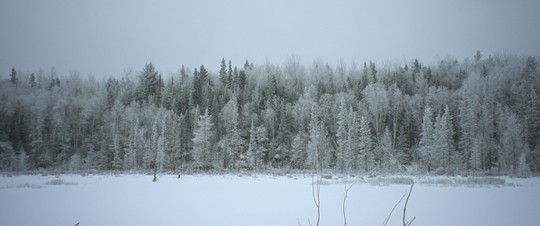 Winter at Hovland Woods SNA. Photo by Kelly Randall
Scientific and Natural Areas provide a home to Minnesota’s unique native plants and animals. Your support helps preserve Minnesota’s finest natural features and rare species. Check out our donation portal and consider donating today! Make sure to get outside this season and visit one (or more) of the nearly 170 Scientific and Natural Areas across the state.
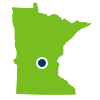
Site Highlight: Quarry Park SNA
Ashley Rezachek, SNA Communications Outreach Specialist
Whether you want to explore nature, learn about geology, or simply take a hike, Quarry Park Scientific and Natural Area has something for everyone!
|
 Granite outcrops at Quarry Park SNA. Photo by ColdSnap Photography.
Quarry Park SNA's 323 acres are embedded within the 684-acre Stearns County Quarry Park and Nature Preserve. The Natural Area and Park are known for their history of granite mining during the first half of the 20th century. Hiking trails run through the SNA and recreational facilities are available in the Park.
The Park, located north of the SNA, has a variety of recreational facilities and shows evidence of a history of granite mining. The SNA, also called “Quarry Park South,” offers a more natural setting and is home to central Minnesota’s highest quality granite bedrock outcrop community. The SNA has been ranked as a site of outstanding biodiversity significance by the Minnesota Biological Survey.
Here bedrock is at or just below the surface. Despite the exposed environment and scarce soil, the site is home to a unique native plant community. Not many species can tolerate the moisture and temperature extremes of these rock outcrops, but pale corydalis, lowbush blueberry, poverty grass, and brittle prickly pear cacti are among the SNA’s plant inhabitants.
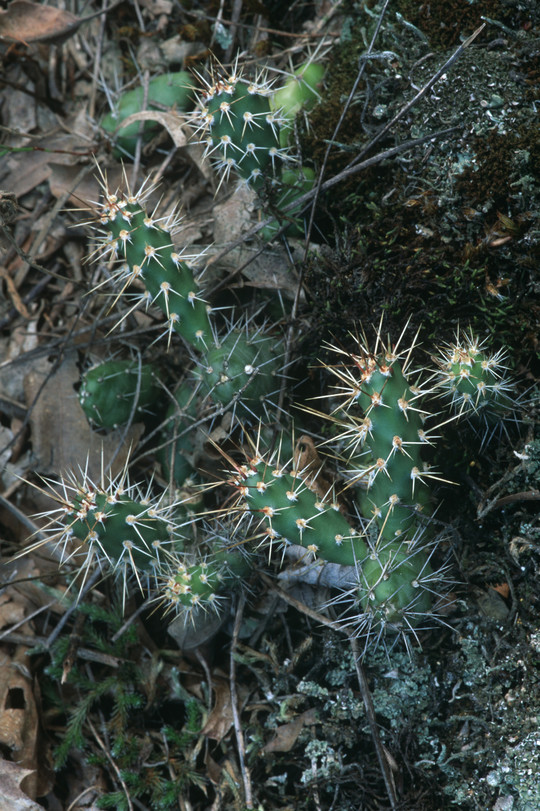 Brittle prickly pear cacti at Quarry Park SNA. Photo by ColdSnap Photography.
The SNA protects a mosaic of native plant communities including high quality wet meadows, wet prairie, oak woodland, and oak forest. It is home to species like the tubercled rein orchid, which is threatened in Minnesota, and birds such as the Red-shouldered Hawk and Acadian Flycatcher (both Minnesota special concern).
Through a cooperative management plan the Stearns County Parks Department is responsible for maintaining the natural surface interpretive trail on the SNA, and the Minnesota DNR is responsible for land management tasks such as invasive species control and prescribed burns.
Quarry Park SNA is an ideal location to wildlife watch, hike, snowshoe, cross-country ski and take photos.
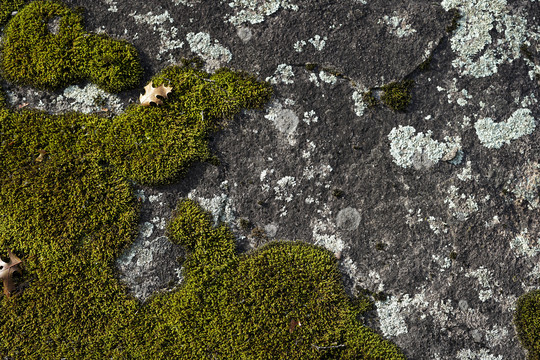 A moss and lichen covered outcrop at Quarry Park SNA. Photo by David Minor.
Not able to get out right now? You can still discover Quarry Park SNA via a “virtual visit.” Or wait until the warmer season and check out the SNA’s wildflowers, grasses, and trees.
A few facts about Quarry Park SNA
- The largest population in the state of the endangered tubercled rein-orchid occurs in the SNA.
- A singing male Acadian Flycatcher was reported there in 1997.
- Quarry Park SNA has its own page in the SNA coloring book.
- Students of all ages regularly use the Park and SNA as a field site for study of geology, biology, and wetland science.
Back to top

Find your path in Nature

Help us protect our natural resources for future generations by joining our team at the Minnesota Department of Natural Resources.
No matter what your professional background is — financial management, communications, engineering, forestry, conservation, hydrology, parks, fish and wildlife, enforcement and more — there’s a career opportunity to fit your skills and interest at the DNR.
The DNR celebrates diversity, equity and inclusion.
You can browse current career opportunities and apply for open positions on the careers page of the State of Minnesota website. If you don’t see an open position of interest, you can create a “job search” agent that will notify you when positions you might be interested in are posted. We are an equal opportunity and veteran friendly employer.
Back to the top
Notes from Site Stewards
Site stewards monitor, help with management tasks, and even lead events on SNAs across Minnesota. Their observations provide valuable information to the SNA Program. Here are some interesting notes from recent reports.
- George Minerich, site steward for Iona's Beach SNA, had a nice visit to the site on October 3 when about a third of the trees had changed color. He noted that “The beach was very busy. There were many visitors while I was there. At one point there were 22 visitors on the beach.” Wow! Could it be because the visitors heard about the site from a recent Fox 9 article?
- Site steward, Mary Kay Lynch, has been diligently reporting invasive species at Pine Bend Bluffs SNA this past season. Mary Kay’s observations help the SNA Program track and manage invasive species on site. Her work helped staff plan for a volunteer event on October 23 to remove buckthorn.
- Site steward, Brett Whaley, has visited Uncas Dunes SNA a number of times this past season. He has spent time collecting seeds, picking up garbage, cutting encroaching woody vegetation, and searching for new plant species.
- Levi Disrud, the site steward for Prairie Bush Clover SNA, performed a thorough inspection of the site on November 28. He was happy to report that things are looking pretty good! He took many pictures during his visit and has been keeping a photo journal of his visits to the site.
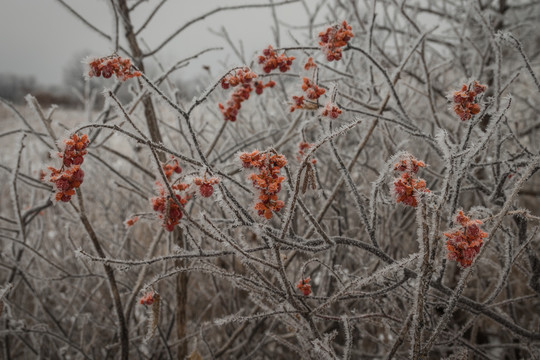 A frost covered American bittersweet at Uncas Dunes SNA. Site stewards are responsible for reporting their observations and sometimes that may include taking photographs. Photo by site steward Brett Whaley.
Back to top

SNA Events
This winter we are excited to have a couple of in-person events. Check out the SNA Events page for the most up-to-date event information.

|